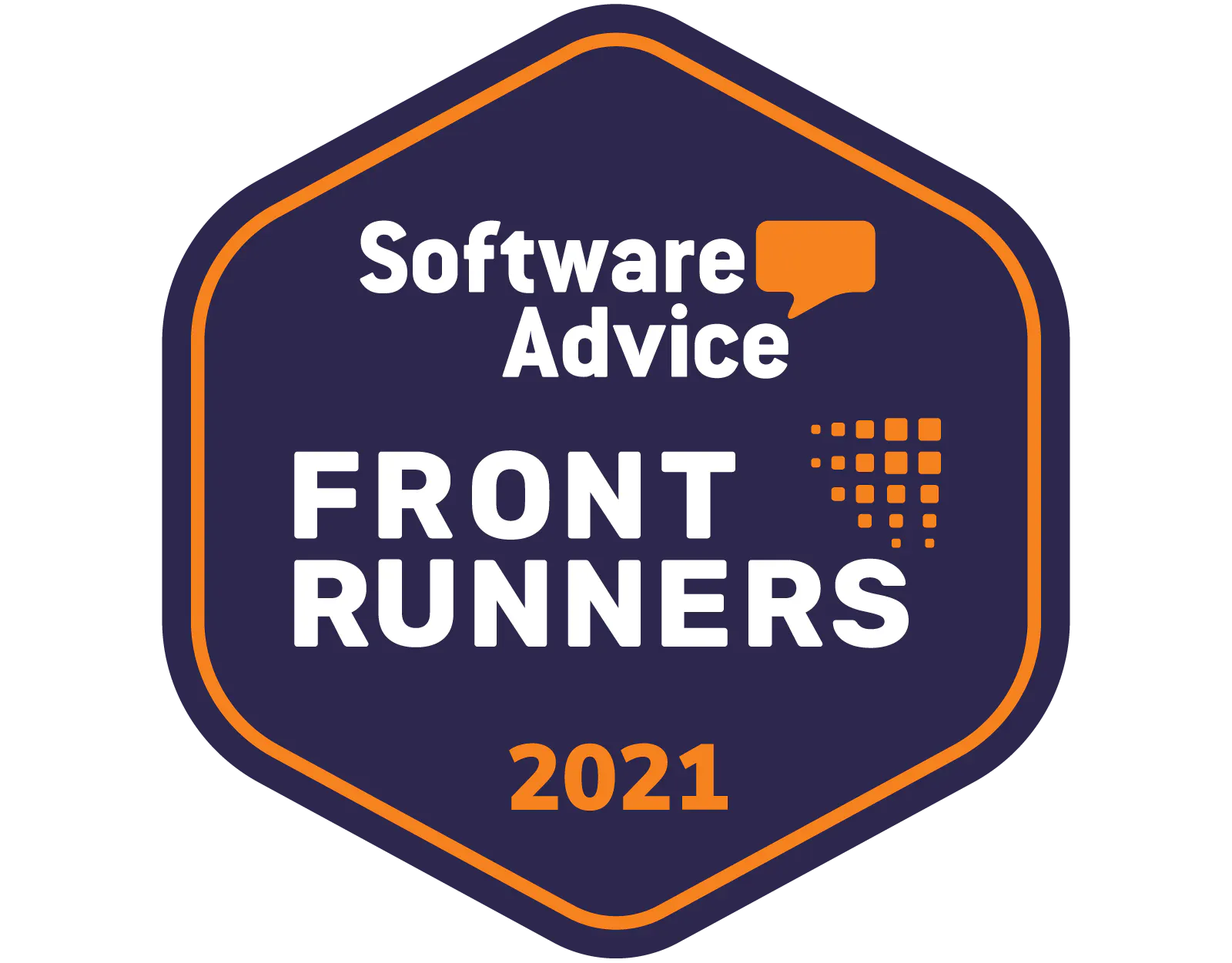Hoshin Kanri Explained: Meaning and Business Applications
Hoshin Kanri Explained: Meaning and Business Applications
With so many organizational planning and strategy methods out there, it can be difficult to know which will work best for your organization. Many types of industries have had great success with the Lean Six Sigma concept of Hoshin Kanri.
We’ll explain what Hoshin Kanri is, why and how it’s used, and specific ways you can implement it within your organization.
What Is Hoshin Kanri?
We can define Hoshin Kanri as a Japanese strategic planning method involving company-wide communication and implementation. Hoshin planning is a seven-step process centered around a unified strategic vision.
The words “Hoshin Kanri” are of Japanese origin. “Hoshin” means direction, and “Kanri” means administration. The phrase together is often translated to “compass management,” which truly captures the nature of this strategic planning process.
Why Is Hoshin Kanri Used?
The use of Hoshin Kanri has five clear benefits:
- It improves decision-making by communicating strategic objectives.
- It sets a clear understanding of the current state of an organization, which can help set benchmarks for the future.
- It improves engagement throughout the organization.
- It simplifies the prioritization of resources.
- It helps leaders gain helpful performance insights.
The Seven Steps of Hoshin Planning
Organizations should implement Hoshin Kanri in whatever way works best for them, but they should still work within a basic framework. Companies interested in embracing Hoshin Kanri should follow these seven steps.
Step One: Define Your Ideal Future State
In order to know how to get somewhere, you have to clearly understand where you are going. The first step of Hoshin Kanri is reviewing or creating your company’s mission and vision statements to clearly reflect the ideal future state of your organization.
Step Two: Define Big Goals
The core of Hoshin planning is identifying and then achieving breakthrough goals that will bring about significant positive change within your organization. These big goals may be related to new products or services, an expansion of your market, or a completely new way of working as a company.
Breakthrough goals may take three to five years to realize. This process is often implemented as part of a Lean Six Sigma strategy within manufacturing companies.
Step Three: Build Your Stepping Stones
Any breakthrough goal needs to be broken down into smaller, more manageable chunks. The third step of this planning process is to come up with your smaller goals for the next year. Create achievable, smaller steps that move your business toward those big goals.
Step Four: Align Your Teams
Once the annual goal is set, each division, work group, and individual must align their specific goals to support the company’s overall objective.
Step Five: Get to Work
This is the nitty-gritty step of rolling up your sleeves and executing your part. Various tools, software, and other processes may play a major role at this stage. The goal of this step is to ensure that all divisions and employees are making the progress they need to be making on a daily, weekly, and monthly basis.
Step Six: Take a Monthly Pulse
As everyone is working toward the same goal, it’s important to check in on a monthly basis to ensure that progress is being made. Supervisors and managers must understand how to motivate and encourage their teams to continue moving toward the company’s overall goal.
Step Seven: Conduct an Annual Audit
At the end of the first year, be sure to take a complete audit of what was expected and what was actually accomplished. If everything happened as planned, the process should be repeated for the second year with a new, short-term goal. If it did not, the goals need to be reassessed and adjusted as required.
Laying It All Out With the Hoshin Kanri Matrix
By illustrating the seven steps of Hoshin planning into a one-page matrix document, your company will have the ability to see your overall goals, mid-term goals, and individual initiatives in one place.
The four quadrants in the Hoshin Kanri matrix include:
- Long-term objectives
- One-year goals
- Top-level priorities
- Improvement metrics
The overlapping portions are explained at the corners, and the names of plan leaders are listed along one side. The most critical components of the matrix are represented in the center of the diagram, while the execution details surround that central goal.
How To Implement Hoshin Kanri in Your Industry
Several application tools and techniques can be used to implement this strategy. Here are a few key methods explained.
Catchball
During the implementation process, there must be an active exchange between top management and mid-level managers. Think of it as a game of catchball, where strategy and goals are communicated and tossed to the middle management team, which sets meaningful KPIs for tactical execution. This is then thrown back to top management to ensure they support the overall goal.
A3 Reporting
Another way to envision Hoshin Kanri is in a three-stage (or A3) reporting system. The feedback loop is not back-and-forth in this implementation process, but cyclical.
Top management may begin this process by outlining exactly what the long-term goals are, which is sent to the middle management team. This trickle-down effect continues until it reaches the lowest team level for implementation. At this point, the “how” is detailed and makes its way around the circle back to top management, informing future planning and goal-setting.
Flat Management Structure
A flat management structure is beneficial to those implementing Hoshin Kanri. That’s because the fewer levels there are, the easier it is for goals to cascade down. Fewer layers also lead to faster decision-making and less opportunity for strategies to be diminished and lost in translation.
UpKeep Gives You the Tools and Information You Need No Matter Which Organizational System Your Company Uses
Whether your company uses Hoshin planning, another Lean Six Sigma strategy, or something else altogether, UpKeep can help you run operations efficiently and effectively. Our mobile-first, full-featured CMMS has everything you’ll need to simplify, organize, and optimize your operations.
Start a free trial or request a demo today.
Want to keep reading?
What is Kaizen? How Do I Implement It? And How Does It Differ from Lean and Six Sigma?
What are the 8 kinds of waste in Lean Six Sigma?
Hoshin Kanri Explained: Meaning and Business Applications
4,000+ COMPANIES RELY ON ASSET OPERATIONS MANAGEMENT
Leading the Way to a Better Future for Maintenance and Reliability
Your asset and equipment data doesn't belong in a silo. UpKeep makes it simple to see where everything stands, all in one place. That means less guesswork and more time to focus on what matters.


![[Review Badge] GetApp CMMS 2022 (Dark)](https://www.datocms-assets.com/38028/1673900459-get-app-logo-dark.png?auto=compress&fm=webp&w=347)
![[Review Badge] Gartner Peer Insights (Dark)](https://www.datocms-assets.com/38028/1673900494-gartner-logo-dark.png?auto=compress&fm=webp&w=336)
